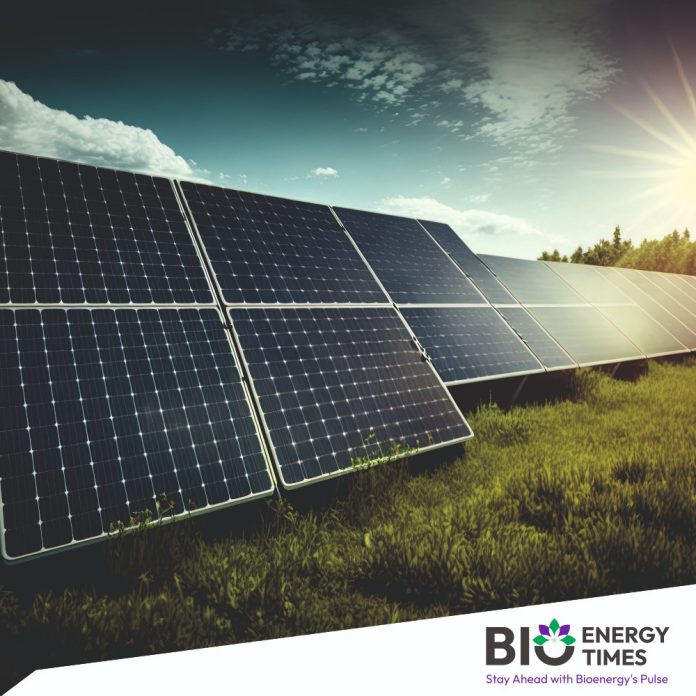India’s potential to become the lowest-cost producer of green ammonia could significantly impact the global energy market.
A Nuvama report highlights that India’s advantage stems from its lower costs in solar photovoltaic (PV) and wind energy, which are 16-44% and 17-40% below global averages, respectively. Additionally, a potential reduction in India’s finance costs, which are currently around 10% compared to the global range of 4-8%, could further enhance its competitiveness, positioning it as a major player in the green ammonia market.
According to NITI Aayog, India’s green ammonia production costs could be about 29% lower than those in China and 43% lower than in Australia by 2030.
Indian companies, including Reliance Industries (RIL), are expected to play a crucial role in this new energy landscape. RIL plans to launch the first phase of its solar PV manufacturing by the end of FY25, with a goal to expand to 20GW by CY26.
RIL has also secured Production Linked Incentives (PLIs) totaling USD 0.7 billion for solar modules and green hydrogen (GH2) production. These incentives will cover 18% of the GH2 value chain, positioning RIL to benefit from India’s green energy policies.
The Indian government’s dedication to boosting domestic solar module manufacturing is reflected in its Solar PV Modules PLI-Tranche II, which has allocated Rs 140 billion for 39.6 GW of capacity. This initiative will add 48GW of solar module manufacturing capacity over the next three years, with 7.4GW expected by October 2024, 16.8GW by April 2025, and the remaining 15.4GW by April 2026.
The PLI scheme is crucial for making India one of the lowest-cost producers of solar modules, currently 23% cheaper than the global average and 6% cheaper than China. The allocation of 6GW each to RIL and IndoSolar for comprehensive polysilicon, wafers, cells, and modules (PWCM) manufacturing will lead to the establishment of India’s first polysilicon production unit, significantly lowering overall module costs. With polysilicon accounting for a third of the total module cost and enjoying margins of around 70%, this development will transform the domestic solar manufacturing industry.
In contrast, China faces challenges in its lithium-ion battery market. Despite a 14% year-on-year decrease in battery prices in 2023, China’s manufacturing capacity is projected to exceed demand by 3.6 times by the end of CY24. This oversupply may put pressure on battery prices, potentially benefiting global electric vehicle manufacturers but posing difficulties for Chinese producers.
The recent decline in input prices across the value chain, combined with India’s PLI initiatives for modules, electrolyzers, and batteries, has improved the country’s economies of scale. Solar module prices have dropped 49% year-on-year as of August 2024, while lithium-ion battery prices have decreased by 14% year-on-year. These trends, along with ongoing government efforts, are likely to accelerate India’s timeline for achieving round-the-clock renewable energy at a green hydrogen cost of USD 1/kg, ahead of the initial CY30 target.
















